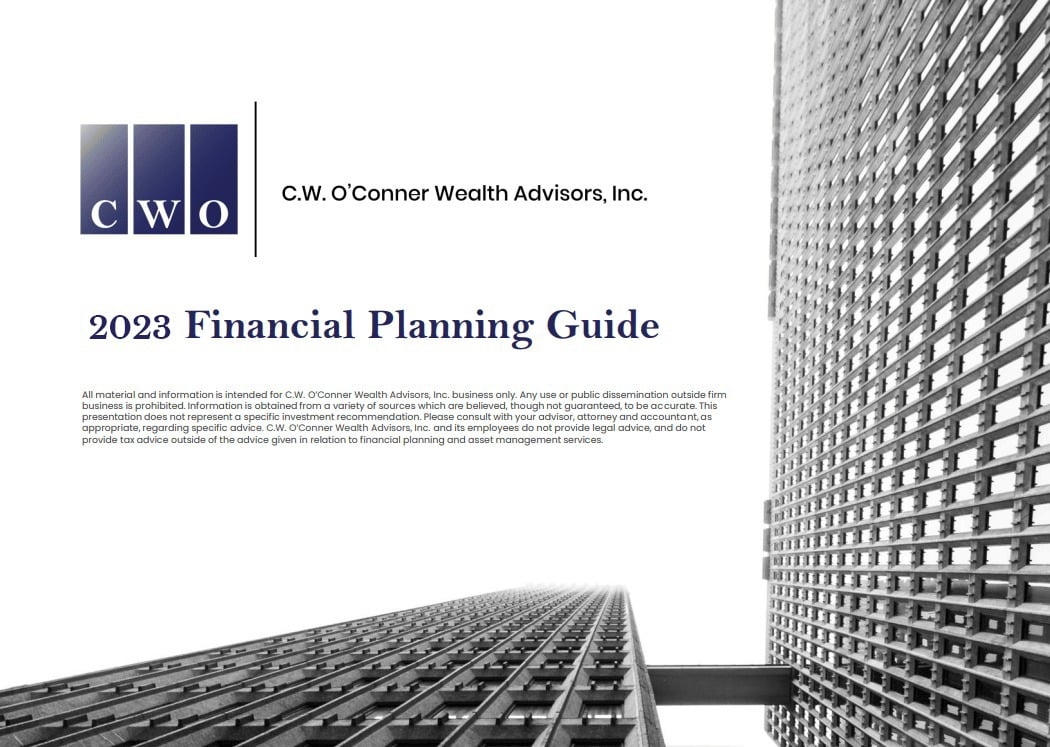
When you are planning for your retirement, you must consider what will happen to your business when you are done working. Most successful business owners want to ensure that their business continues well into the future. However, success and longevity aren’t guaranteed.
Thirty percent of family-owned businesses survive into the second generation, and only 12% make it to the third generation. Just 3% of all family businesses operate with fourth-generation owners or beyond.
You can help to ensure the continuation of your business by creating a detailed succession plan that contains a buy-sell agreement. This agreement is the heart of your succession plan and acts like a will for your business – it states what will happen to the business once your involvement ends. Even though this is an essential document for all businesses, only 37% of family businesses have a buy-sell agreement or other arrangements in place defining who can own stock and how it is transferred.[1]
What Is a Buy-Sell Agreement?
A buy-sell agreement, also referred to as a buyout agreement, is a legally binding agreement that stipulates what happens when an owner either leaves the company for whatever reason, becomes ill or incapacitated to where they can no longer run the company, or dies. It’s also sometimes called a business will or a business prenup because the business owner or owners agree in advance on how they will handle the departure of an owner. Sole proprietors may enter into a buy-sell agreement with an employee who wants to take over the business upon the departure or death of the owner.
Why You Need a Buy-Sell Agreement
There are many reasons to establish a buy-sell agreement, including:
- It dictates who can buy the business. For example, if your business has multiple owners, it may specify that the remaining co-owners will purchase your share of the business. Without a buy-sell agreement, your ownership could transfer to a spouse or other family member who has no ability or interest in running the company.
- It ensures a smooth transition of ownership. Without one, you may lose employees or customers who are concerned about the viability of your company going forward.
- It defines the value of your company. The buy-sell agreement protects you from receiving a lower price for your company than it is worth because you have to find a buyer on short notice.
What’s In a Buy-Sell Agreement
Buy-sell agreements will differ based on each business’s unique situation; however, these agreements typically contain common elements. Enlist the help of your lawyer and financial advisor to create the best structure for your situation and goals.
- Triggering events. These can include retirement, divorce, death or disability.
- Who can buy the owner’s share of the business. This could be a family member, co-owner(s), key employee or outside party.
- Right of first refusal. This lets the owner sell to a third-party if the existing owners or family members waive their first right to purchase the shares.
- The buyout structure. There are several ways to structure a buy-sell agreement. (More on that below.)
- The price for the company or valuation method to be used at the time the agreement is triggered.
- Payment terms.
Common Buyout Structures
There are four buyout structures commonly used when crafting a buy-sell agreement. Life insurance proceeds are often used to fund the purchases in these plans. Keep in mind that each has benefits and drawbacks. It’s important to work with a professional who understands these structures and the role of life insurance in buy-sell agreements to help you identify the right plan for your situation.
1. Cross Purchase Plan
If there are additional owners of the company, these owners agree to purchase the departing owner’s shares.
2. Entity Purchase Plan
The business buys the shares and rearranges them so that all owners have an equal share.
3. One-Way Buy-Sell Plan
Sole proprietors use this plan to sell to a family member or key employee.
4. Wait-and-See Buy-Sell Plan
This is a hybrid approach that combines the cross-purchase plan and the entity purchase plan. The business typically has the first right of refusal; if it doesn’t buy the departing owner’s shares, then the remaining owners have the option to purchase. If they decline or there are remaining shares, the entity has to purchase the remainder of shares at an agreed-upon value.
Don’t Do It Yourself
There may be many areas of your business that you are capable of handling yourself. Creating a buy-sell agreement should not be one of them. This document is crucial to the success of your succession plan, so you will want to work with a lawyer and financial advisor to draft your buy-sell agreement to ensure it is properly executed. An incomplete or improperly crafted buy-sell agreement could cost your loved ones in both the company’s value and taxes. It’s an important step you can take today to protect the future of your business and your family.
The team at C.W. O’Conner Wealth Advisors works with business owners and their families to help you make the right decisions for you, your family and your business. We can help with ownership transactions, liquidity events and buy/sell agreements, as well as other business advisory services. Call us directly at 770-368-9919 or email Cliff at cliff@cwoconner.com or Kevin at kevin@cwoconner.com to learn more.
[1] MassMutual, American Family Business Survey, 2007
Download our 2023 Financial Planning Guide







